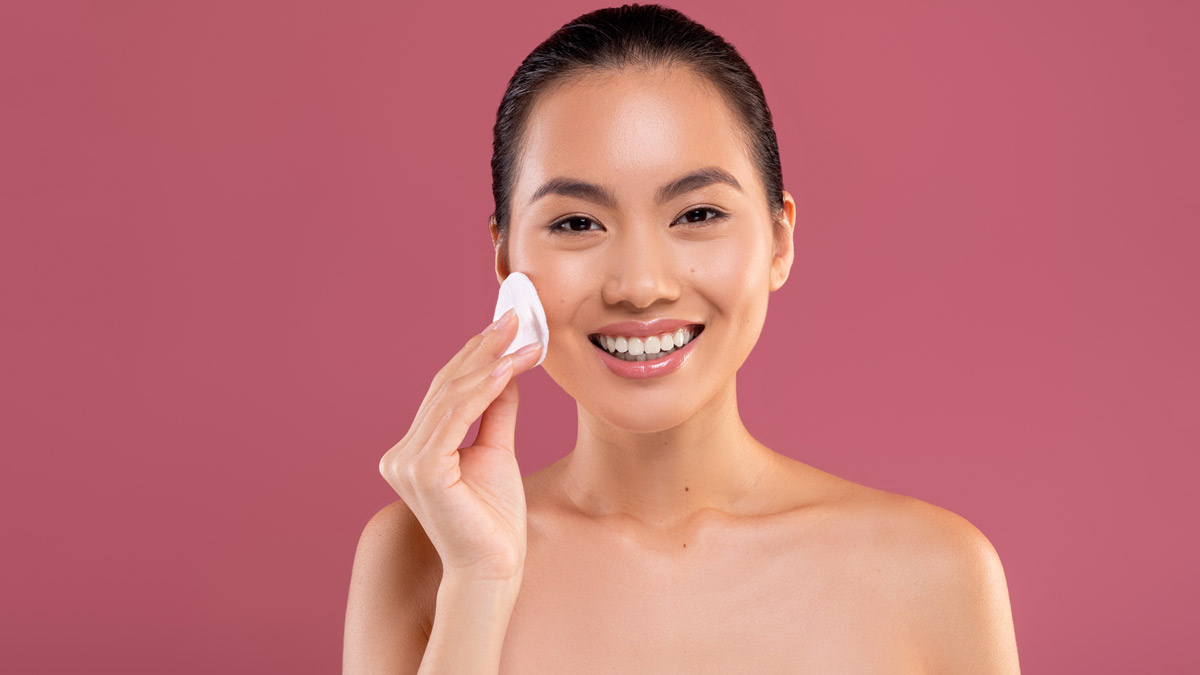
In recent years, Korean skincare products have become more popular than Japanese ones. This change, often called the “K-Beauty phenomenon,” has seen Korean brands win over beauty lovers worldwide. But how did Japanese skincare, once so popular, lose its edge?
History and Changes in the Market
Japanese skincare has always been known for its simple and high-quality products, using natural ingredients and traditional methods. Brands like Shiseido, SK-II, and Hada Labo were famous for their research and innovation. However, things started to change in the early 2000s when Korean skincare began to get noticed globally.
Here’s why Korean skincare became so popular:
- New and Exciting Products: Korean skincare introduced many new products that addressed different skincare needs. Items like BB creams, cushion compacts, and multi-step routines attracted people looking for effective and interesting solutions.
- Smart Marketing: Korean brands used social media, beauty influencers, and K-pop culture to market their products, reaching a wide audience. This created a buzz that Japanese brands struggled to match.
- Affordable Quality: Korean skincare products are often high-quality yet affordable. This mix of good quality and low prices made K-Beauty popular with many people.
Cultural Appeal and Customer Engagement
Korean skincare’s popularity is also because it offers more than just products. The focus on self-care and skin health appeals to people who want more than cosmetic benefits. Korean brands are great at telling stories and making skincare fun and rewarding.
Japanese skincare, while effective, often seems more clinical and less engaging. Japanese marketing usually focuses on product details rather than the experience, which can be less appealing to today’s consumers who want a personal connection with brands.
Adapting and Looking Forward
Japanese skincare brands are starting to change to keep up. They are using more engaging marketing strategies and creating innovative products that appeal to younger consumers. Collaborations with influencers and a stronger presence on social media are part of these efforts.
Additionally, there’s a growing focus on sustainability and clean beauty in Japanese skincare. Brands are highlighting their eco-friendly practices and natural ingredients, which aligns with global trends.
Conclusion
The competition between Japanese and Korean skincare shows how fast the beauty industry can change. While K-Beauty is currently in the spotlight, Japanese skincare is still very much in the game. By embracing innovation, engaging marketing, and sustainable practices, Japanese brands can regain their popularity. As consumer preferences evolve, the interaction between these two skincare giants will continue to shape the future of beauty.


